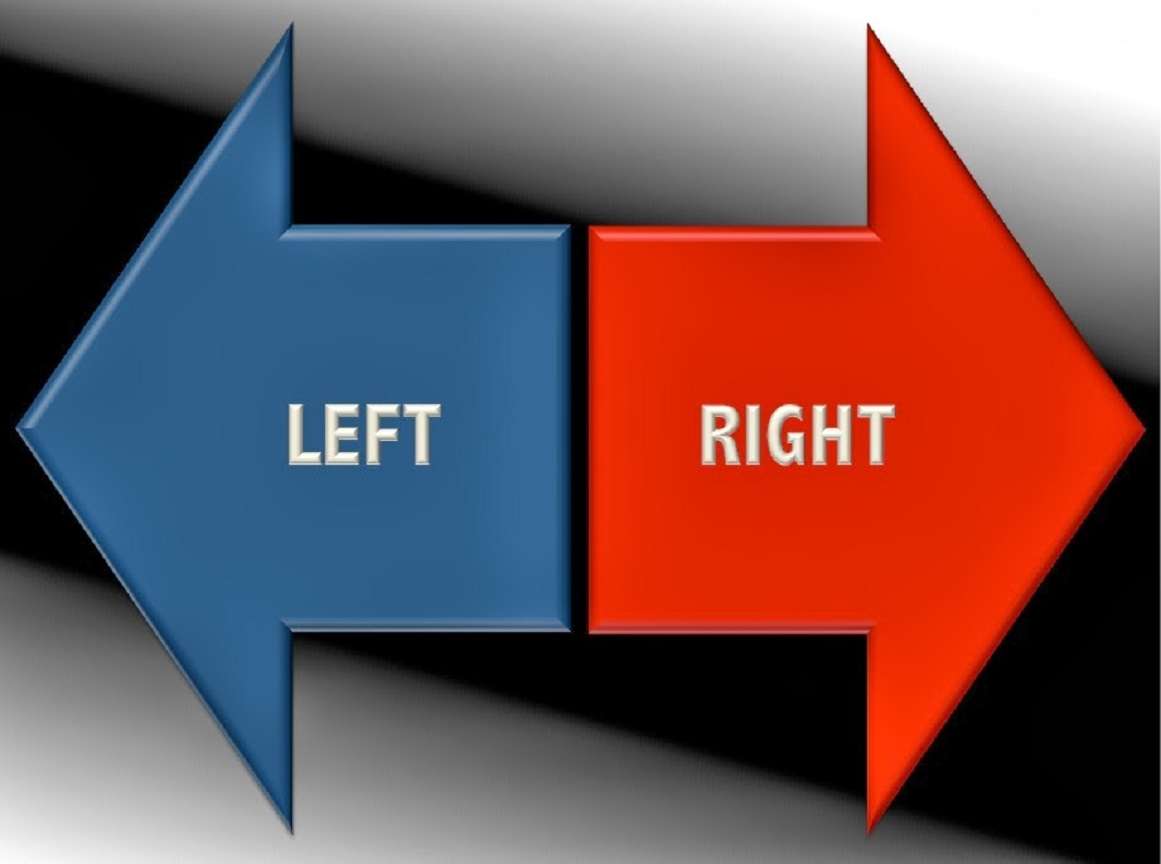(NA) When it comes to political issues, the terms “left” and “right” are frequently used, but do they truly capture systematic distinctions or are they just convenient labels that oversimplify things? Various theories have been proposed to define the left and right. Liberal commentator Matt Yglesias suggests that the key differences lie in the right’s support for religion and hierarchy, while the left is secular and egalitarian. On the other hand, economist Bryan Caplan simplifies it as the left being anti-market and the right being anti-left. While both theories offer some insights, they fall short of being comprehensive classification systems.
Yglesias’ religion and hierarchy theory faces challenges when considering movements like Liberation Theology or the mainstream Catholic Church, which combine religious beliefs with leftist ideologies. Similarly, Caplan’s theory is flawed as it doesn’t account for right-wing movements that are also anti-market, such as nationalist groups. Both theories struggle to encompass the complexities of political ideologies across different contexts and time periods.
Ultimately, the terms “left” and “right” may not have consistent meanings across history and geography. While they are commonly used, they may not accurately reflect the diversity of political beliefs and movements. Instead, specific ideologies like socialism, libertarianism, liberalism, and nationalism offer more coherent frameworks for understanding political differences. These ideologies have more enduring characteristics that transcend traditional left-right distinctions.
Source link






